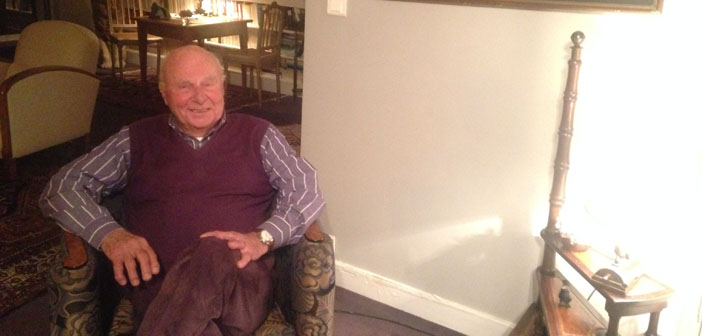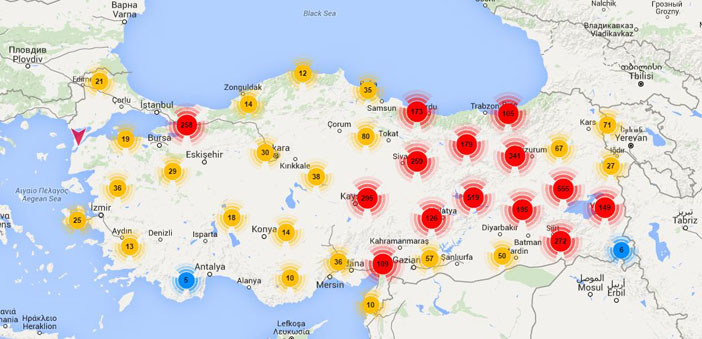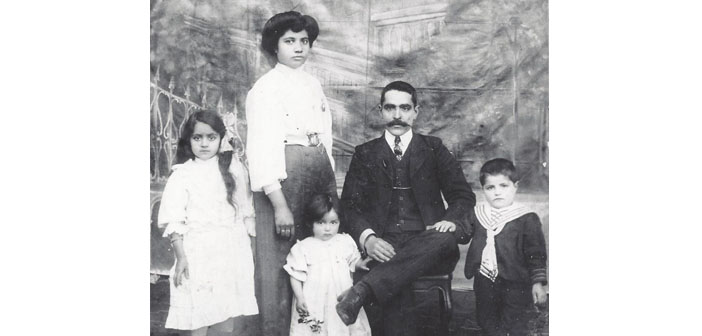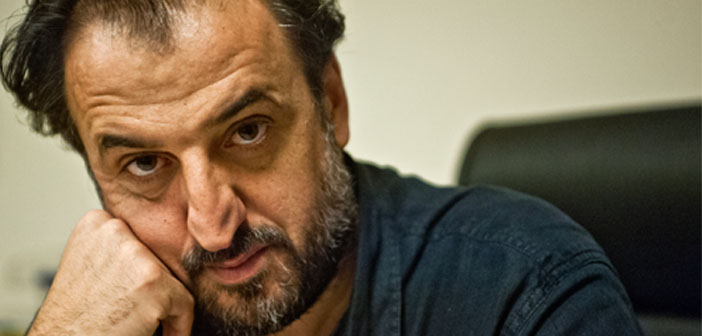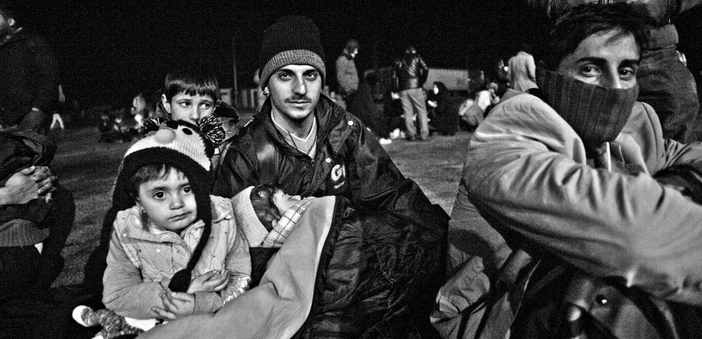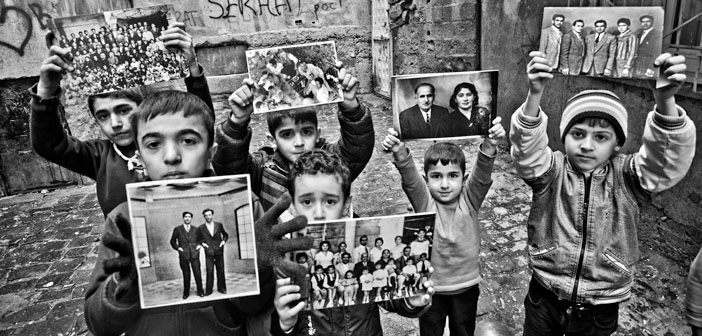ORTA SAYFA
Yves Ternon: Turkey is still being governed by the Young Turks mentality
Yves Ternon is one of the historians that comes to mind, while talking about “crimes against humanity” and “genocide”. Working especially on Rwanda, Jewish and Armenian genocides, Ternon worked as a physician for years and then devoted himself to historical research. We interviewed with Ternon about his journey from medical practice to historical research and his studies.
Cultural inventory of a civilization destroyed revealed
Cultural Heritage Map of Turkey is created at the end of a months-long study and research. Thanks to the project of Hrant Dink Foundation, an interactive online map is created. Through this map, it is possible to list and examine the sanctuaries, schools, hospitals and cemeteries of Armenians, Greeks, Syriacs and Jews in Turkey.
A journey to Kastamonu with flashes of memory
Arlene Voski Avakian, Head of University of Massachusetts Amherst Department of Women, Gender, and Sexuality Studies, came to Turkey for the first time in 2009 for attending Workshop in memory of Hrant Dink. Last summer, she went to Kastamonu, which is her family's motherland, following the traces of her family. Avakian sincerely wrote what she had been feeling before this journey, what she felt while she was seeking for the traces of her family and her encounter with the locals of Kastamonu and experience in a government office.
Recognition: maybe some other time
2015 was really important, since it is the centennial of the Armenian Genocide. Preparations started months ago and the people were waiting for what will happen with bated breath. We covered the events throughout the year, but some questions prepossessed us toward the end of the year: “How was 2015 in terms of recognizing 1915?” and “What have Armenian community in Turkey done in terms of producing ideas and activities?” In order to find answers to those questions, we talked to the people who are actively working on these issues and producing ideas. Moreover, we talked to people from Armenia. Majority agrees that there is some progress, but it is obvious that there are still many things that should be achieved.
Childhood remained in a train to eternity
We talked to Özcan Alper about his movie “Memories of the Wind” and the issue of representing the disaster.
Hope and struggle for life of the refugees in Mytlini
Berge Arabian was on Mytlini and spent a day with the refugees there. He wrote and photographed their hopes, dreams and fears.
Martin van Bruinessen: Turkish state will eventually come to table with PKK
Having contributed and conduced to many researches on Kurds and Kurdistan, Martin Bruinessen talked to Agos about the current condition of Kurdish question.
Story of a reversed migration from Diyarbakir to Aleppo, an endless longing
Every single day, some terrible news about the immigrants from Syria comes to the fore. So, in these days, we would like to share the visual diary of the forced migration that the father and grandparents of our photography editor Berge Arabian went through. In 1930, they hit the road from Diyarbakir to Aleppo. The exhibition that was opened in Diyarbakir on May 23 will visit Istanbul and Erivan, and the book that is based on this exhibition is being prepared now. Armenians are one of the communities that history challenged with migrations and they had always been migrating in the Middle East which is stirred by civil wars. This story, which is like a reversed migration, is rather an expression of longing. It is like a gloomy “uzun hava” to the lost home, Diyarbakir.
This is the best response to those who say ‘Armenians should bring out their documents’
Zakarya Mildanoğlu’s book ‘Armenian Periodicals 1794-2000’ has been published by Aras Yayıncılık. Mildanoğlu’s work brings together around 3650 Armenian periodicals from the year 1794, when the first Armenian newspaper Aztarar was published, until the year 2000. We talked with Zakarya Mildanoğlu about his book which is the product of around 30 years of work, and the over 200 year history of Armenian periodicals.


